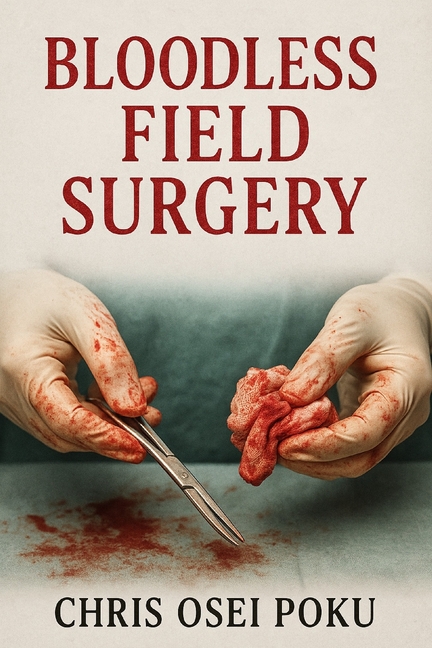Description
In 2044, the world teetered on the brink of apocalypse-yet found itself forging an unlikely peace. The flashpoint was the Temple Mount: a site sacred to billions, now stained by the promise of a third house of worship. As factions amassed troops and rhetoric swelled to fever pitch, whispers spread that a nuclear device would be deployed to obliterate ancient stones and clear the way for construction.
On June 12, 2044, under the shadow of mushroom cloud skyscrapers, I stood in a hastily erected tent just outside Jerusalem's Old City walls, watching as leaders of Israel and the Coalition of Nations signed the Treaty of the Broken Foundation. They pledged to rebuild the Third Temple in exchange for peace (LFP - "Land For Peace" Deal), but beyond those fragile handshakes, the battlefields still smoldered. Torn flags fluttered over pockmarked ruins, and injured soldiers drifted like ghosts among collapsed columns. It was here, amid that fractured no man's land, that I unveiled the future of surgery.
Other teams unpacked their pneumatic tourniquets and harmonic scalpels, their voices steady as they readied electrocautery pens. But I carried something different-my own patent-pending marvels, forged in the labs where I had dedicated years of sleepless nights. I laid them out on a folding table beneath the war-stained tent canvas: vials of NanoSeal Serum that glinted like liquid starlight; my Quantum Coagulator, strapped to my wrist, humming with entangled photons; the core of my Fusion Powered Plasma Scalpel, its compact fusion cell pulsing softly; the sleek nozzle of my 3D Bio Ink Printer, poised to spray living collagen strands; a cradle of MagLev Micro Instruments, hovering a millimeter above its mount with nanometer precision; the dial of my Temporal Loop Chamber, set to rewind the last thirty seconds of any misstep; and finally, the beacon of my Teleportation Portal, tethered at my belt, ready to whisk the gravest of cases to advanced care pods.
These were not mere prototypes; they were the culmination of my life's work-unique surgical tech solutions that guaranteed zero blood loss. While the world clung to time-tested methods, I held humanity's surgical future in my hands.
That morning, my first patient arrived on a litter - her femoral artery torn apart by shrapnel. Her leg was a ruin of bone and muscle, blood pooling beneath the coarse canvas. The judges murmured, "She won't last two minutes without a transfusion." I felt the pulse of the crowd's doubt, the weight of my own ambition. But I steadied myself.
I crouched beside Rachel, laid my hand on her quivering thigh, and whispered, "Hold still." With deliberate calm, I injected NanoSeal Serum along the wound track. Time seemed to fracture as billions of nanobots unfurled their swarms, weaving a lattice of clot-inducing proteins within the shattered vessel walls. Rachel's eyelids fluttered; her gasp was soft, but triumphant. "What... happened?" she asked.
I stood and pulled my Fusion Powered Plasma Scalpel into position. Its blade ignited in a silent blue arc, dissolving ragged tissue while sealing every microvessel in a single, fluid motion. Dust motes danced in the beam's glow, and when I stepped back, Rachel's leg lay whole beneath the sterile strip.
A hush fell over the arena. Then came the applause...
In that moment, as the peace treaty's words drifted on the wind and flags of reconciliation snapped above the ruins, I knew the Bloodless Field Surgery Competition would change everything. And I, armed with my inventions, would teach the world that even on the brink of destruction, hope could be engineered-one stitchless incision at a time.
Product Details
- Jul 11, 2025 Pub Date:
- 9798292061359 ISBN-10:
- 9798292061359 ISBN-13:
- English Language




